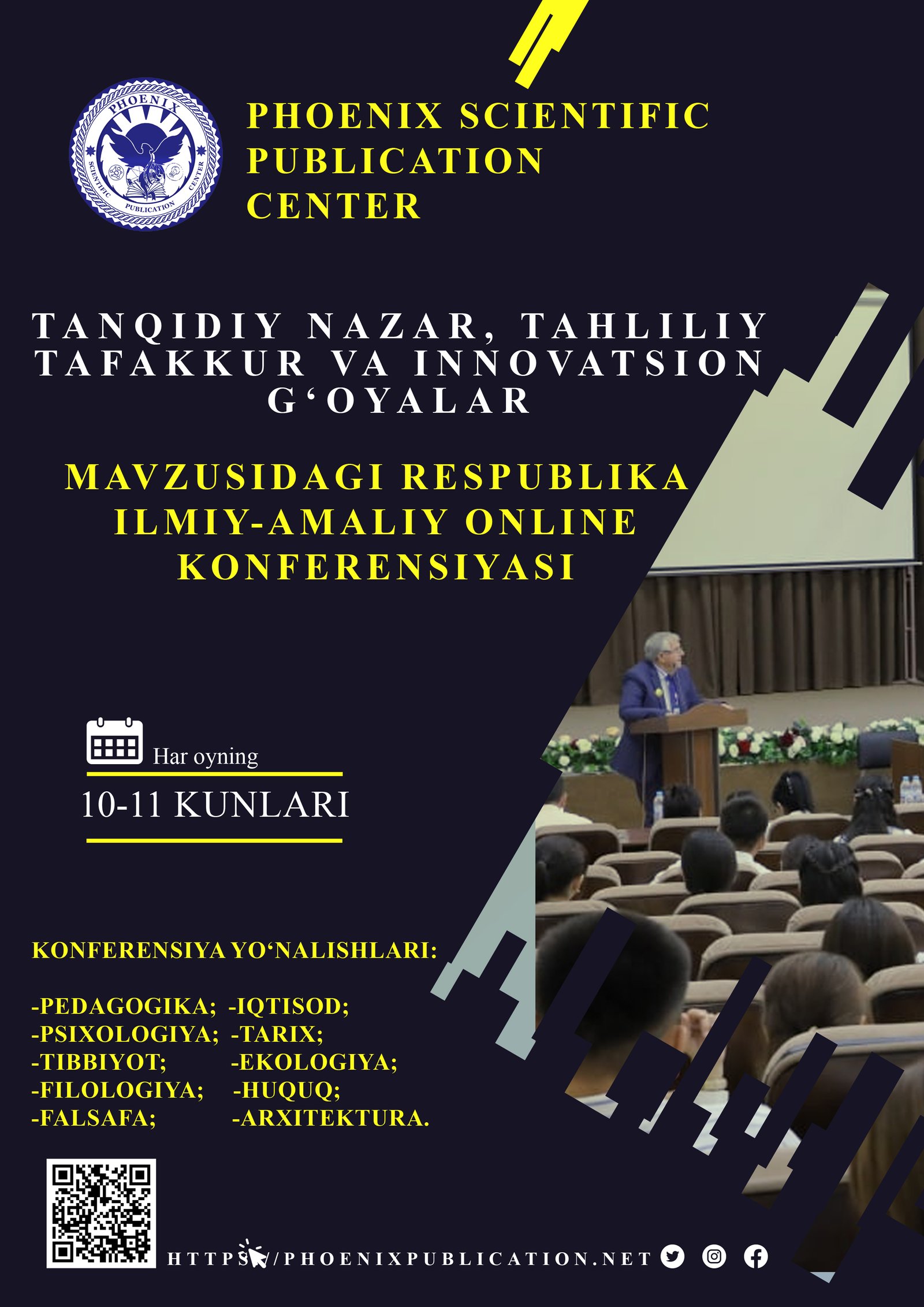Abstract
This research investigates the challenges associated with translating less commonly used punctuation marks from English into Uzbek. Due to the structural and syntactic differences between the two languages, accurately conveying both the meaning and function of these symbols presents a significant difficulty for translators. Specifically, this study examines punctuation marks such as the interrobang (‽), the percontation point (⸮), and the irony mark (⸮), exploring their intended roles and the complexities they introduce in translation. By analyzing real-world examples, we identify different approaches to handling these symbols, including the use of approximate equivalents, explanatory additions, or paraphrasing. The findings suggest that while some punctuation marks can be adapted relatively straightforwardly, others demand a more nuanced and creative approach to preserve both clarity and the original intent in Uzbek.
References
1. Baker, M. (2018). In Other Words: A Coursebook on Translation. Routledge.
2. Crystal, D. (2015). Making a Point: The Persnickety Story of English Punctuation. Profile Books.
3. Parkes, M. B. (1993). Pause and Effect: An Introduction to the History of Punctuation in the West. University of California Press.
4. Truss, L. (2003). Eats, Shoots & Leaves: The Zero Tolerance Approach to Punctuation. Gotham Books.
